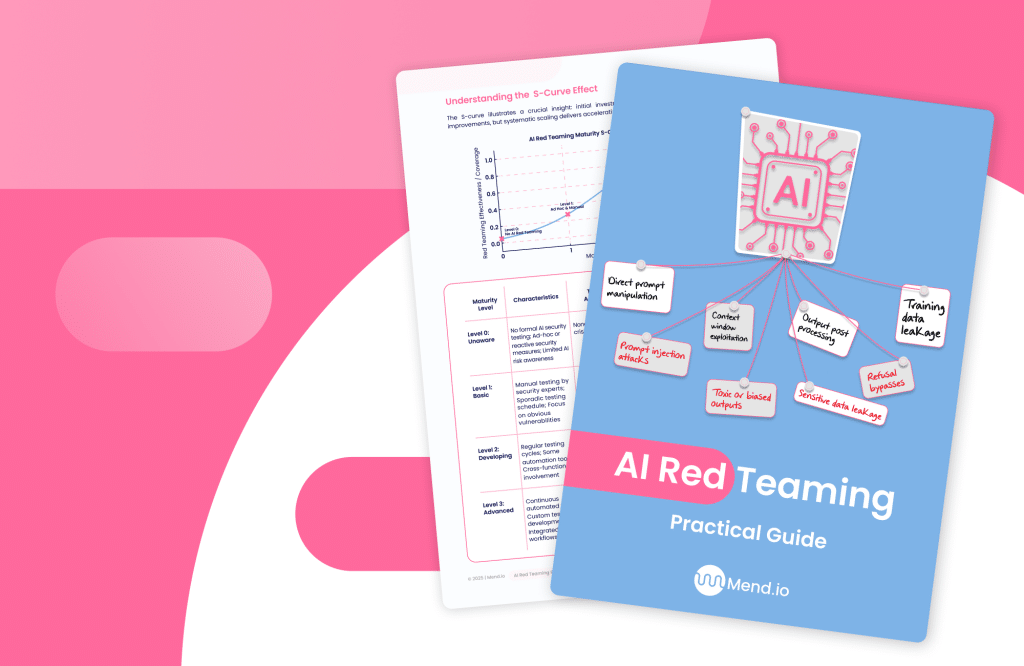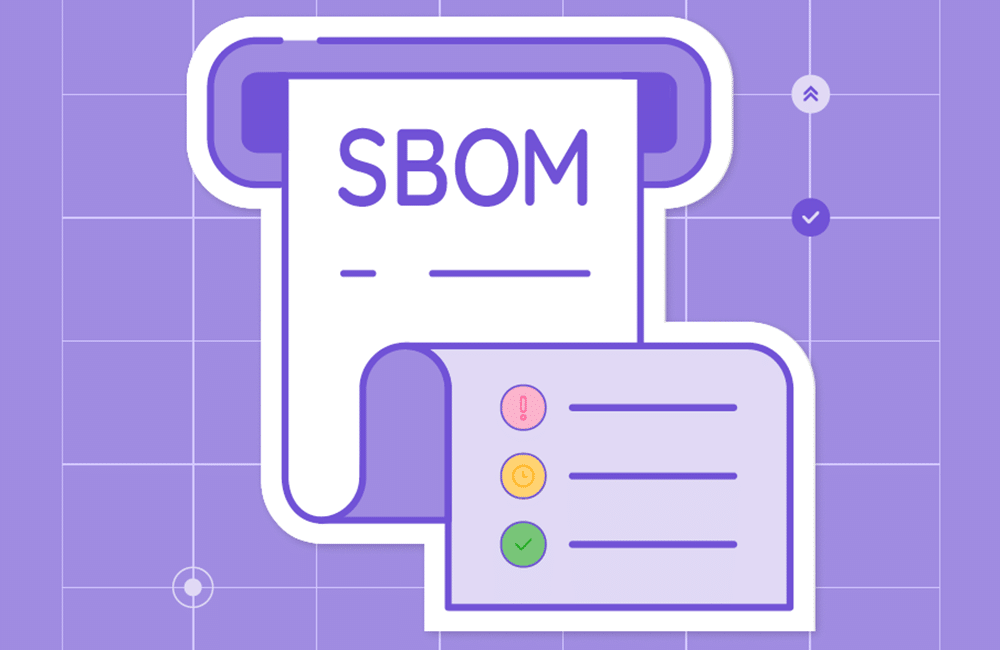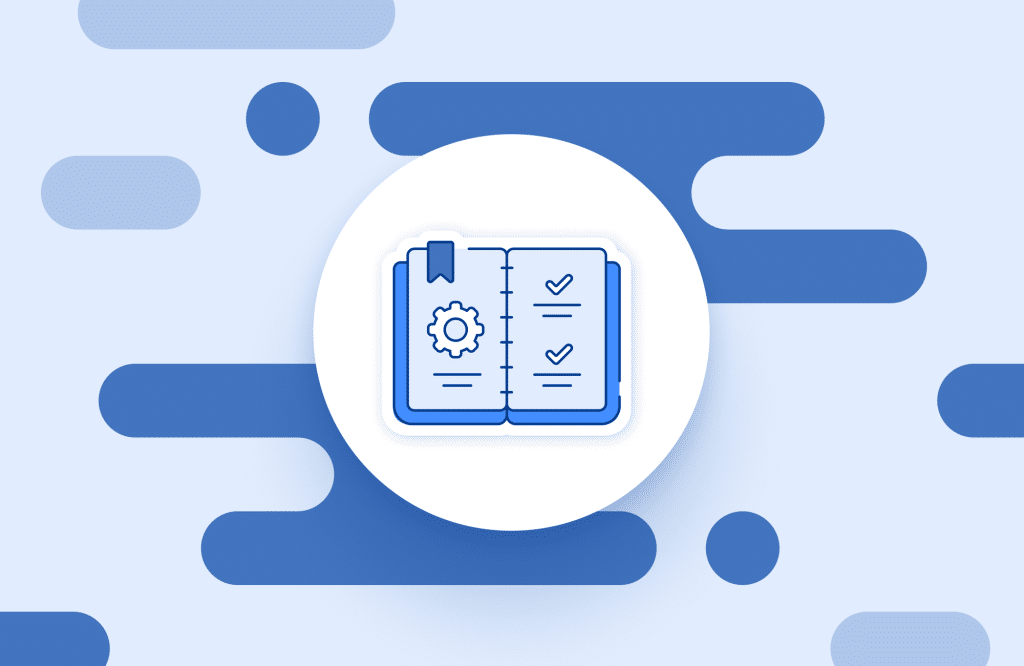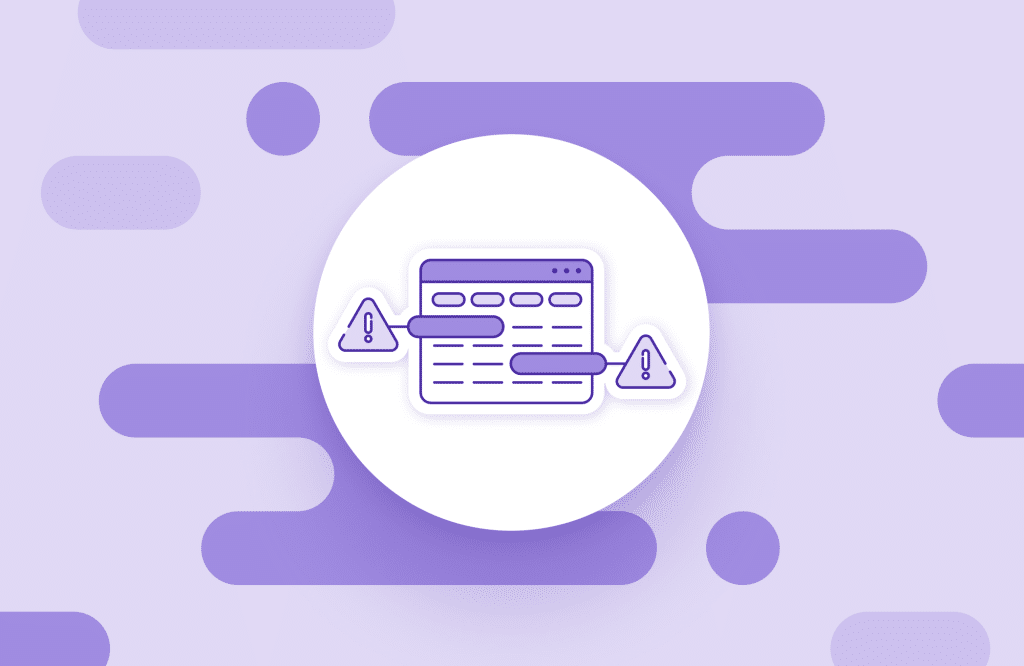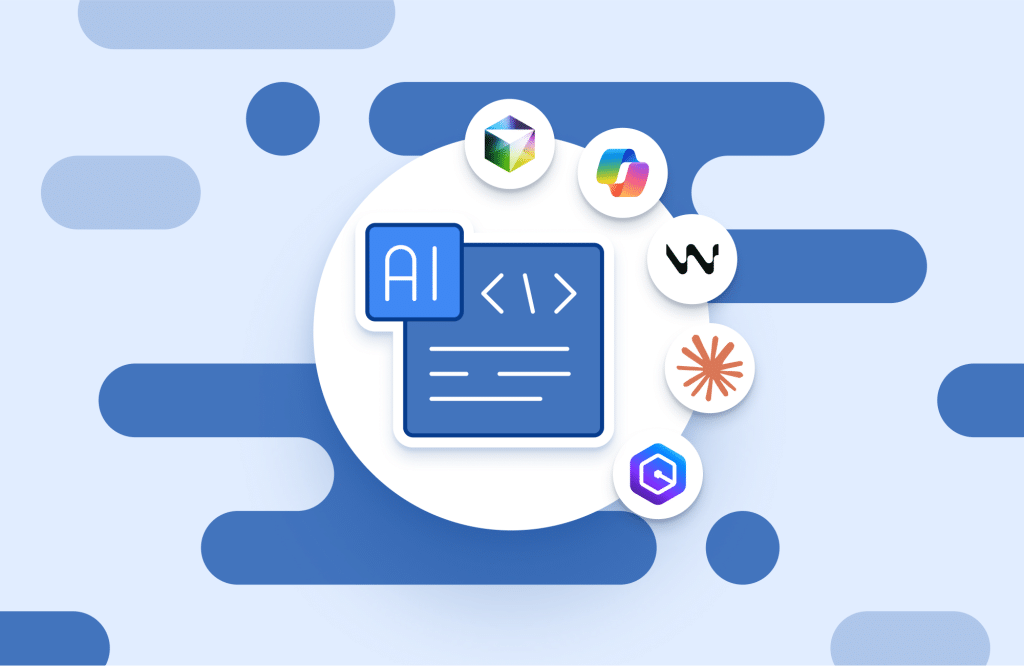Table of contents
What is Software Composition Analysis (SCA)?

What is software composition analysis?
Software Composition Analysis (SCA) is an automated process that identifies and manages open-source and third-party components within a software application. It’s a crucial part of application security, helping organizations understand what’s in their software, especially the potential risks associated with open-source components. SCA tools scan codebases, identify components, and assess them for vulnerabilities, license compliance issues, and outdated libraries.
What SCA does:
- Identifies open source components: SCA tools scan codebases to pinpoint all open-source and third-party components used in an application.
- Detects vulnerabilities: It analyzes these components for known security vulnerabilities and provides information about them, allowing developers to address them proactively.
- Ensures license compliance: SCA tools also check for license compliance, ensuring that the use of open-source components adheres to their respective licenses.
- Assesses risks and offers mitigation suggestions: SCA tools can prioritize security risks based on severity and suggest ways to fix them.
- Integrates CI/CD and monitors: They typically incorporate Continuous Integration and Continuous Delivery pipelines and monitoring mechanisms to keep track of open source components.
- Generates SBOMs: Many SCA tools can generate a Software Bill of Materials (SBOM), which is a comprehensive inventory of all software components and their dependencies.
Why SCA is important:
- Enhanced security posture: SCA helps organizations identify and mitigate security risks associated with open-source components, improving their overall security posture.
- License compliance: Open-source software often comes with specific licensing terms. SCA helps ensure that organizations comply with these terms to avoid legal issues.
- Reduced risk: By identifying vulnerabilities early in the development lifecycle, SCA helps reduce the risk of security breaches and other issues that can arise from using vulnerable components.
- Improved efficiency: Automating the process of identifying and managing open-source components simplifies the development process and reduces the manual effort required.
- Supply chain security: SCA is critical for managing the security of the software supply chain, as it allows organizations to understand the components they are using and their potential risks, a key part of building a case for SCA security.
Learn more about application security.
What are the risks of using open source components?
While open source software brings speed and innovation to development, it also introduces a range of risks that need careful management. Software Composition Analysis helps organizations identify and reduce these risks across their codebase. The main threats include:
- Vulnerabilities in third-party dependencies: Many open source libraries have known security flaws. If a vulnerable version is included in a project, attackers can exploit it to compromise the application.
- License compliance violations: Open source components come with various licenses that impose specific legal and operational requirements. Using a component without understanding or complying with its license terms can lead to legal disputes, financial penalties, or forced changes in software distribution.
- Outdated components: Using outdated libraries increases the risk of unpatched security flaws and performance issues.
- Software supply chain attacks: Attackers may target the software supply chain by inserting malicious code into widely used open source packages.
- Lack of visibility into software components: Without detailed visibility into which components are being used, organizations may struggle to assess risk or respond to incidents.
- Exposure to zero-day vulnerabilities: When a new vulnerability is discovered (a zero-day), rapid identification of affected components is critical.
How does software composition analysis work?
Software composition analysis (SCA) tools operate through a series of automated steps that identify and manage open source components within a codebase. Here’s how the process works:
- Identifies open source components: SCA tools begin by running an SCA scan across the application’s codebase, including source code, package managers, container images, binary files, and the software bill of materials (SBOM). This helps identify both direct dependencies—components explicitly added by developers—and transitive dependencies, which are indirectly included through other libraries.
- Detects vulnerabilities: Once components are identified, the tool checks them against vulnerability databases like the National Vulnerability Database (NVD), as well as other public and proprietary sources. By matching the versions in use with those listed in the databases, SCA tools can determine whether the project is exposed to any known security flaws.
- Ensures license compliance: Each identified component is also analyzed for its associated open source license. SCA tools assess whether the license terms comply with legal and organizational policies. This step helps detect obligations or restrictions that might conflict with how the software is used or distributed.
- Risk assessment and mitigation suggestions: When issues are found—whether security- or license-related—SCA tools suggest corrective actions. These can include updating to a secure version, applying a patch, or replacing the component with a safer alternative. The tools often provide detailed guidance to help teams respond effectively.
- CI/CD integration and monitoring: To support modern development workflows, SCA tools integrate with CI/CD pipelines and version control systems. This enables ongoing analysis as the code evolves, alerting teams to new risks in real time and allowing for proactive resolution during the development cycle.
- Generates SBOMs: Modern SCA tools automatically generate and integrate a Software Bill of Materials (SBOM) into the development workflow. The SBOM is a structured inventory of all open-source components in an application, including versions and dependency relationships. It enables vulnerability tracking and supports compliance with regulations like the U.S. Executive Order on Improving the Nation’s Cybersecurity.
Benefits of software composition analysis
- Improved security. SCA’s purpose is to scan your open source software, components, and dependencies, identify vulnerabilities, and with a modern SCA tool, automatically remediate these vulnerabilities. When using these capabilities to their fullest, SCA will certainly improve your application security.
- Improved compliance. SCA tools provide automated license identification and policy enforcement across all open-source components. This ensures that software usage aligns with legal obligations and organizational guidelines. Teams can define acceptable licenses, get alerts on restricted ones, and generate compliance reports for audits. This reduces the risk of license violations, litigation, and costly rework due to incompatible or non-compliant components.
- Cost savings. Identifying and remediating open source vulnerabilities requires considerable resources when done manually, and missing vulnerabilities can adversely affect the speed of development and innovation. This is costly. SCA accelerates and automates the process, lightening the load for developers and DevOps teams and making security cheaper to implement and more thorough.
- Enhanced efficiency. Modern SCA tools are specifically built to accelerate and automate the detection and remediation process. So, they make the process easier and faster. Plus, their ability to prioritize vulnerabilities to be addressed means that false positive results are significantly reduced, and teams spend far less time fixing issues that aren’t relevant.
- Reduced development time. Speed, efficiency, and automation liberate developers from the time-consuming task of scanning and securing open source. They can now do it more efficiently than ever, and the process is seamless when it is done within their development workflow, thereby minimizing any interruption to their innovation pipeline. With SCA, developers can be sure that the security of their code base is robust while enabling them to maintain and increase their productivity.
The evolution of software composition analysis
Software composition analysis (SCA) has evolved significantly over the past two decades, adapting to meet growing demands for security, compliance, and transparency in open source software use.
2000s: License Compliance Roots
The earliest SCA tools emerged with a narrow focus: ensuring compliance with open source software licenses. At this stage, the primary concern was legal risk rather than security or code quality.
2010: Expanding to Security
As software supply chains grew more complex, SCA tools began incorporating security checks. These tools started identifying known vulnerabilities in open source components, expanding their role from compliance enforcers to risk management solutions.
2017: Integration with DevSecOps
With the rise of DevSecOps, SCA became part of CI/CD pipelines, enabling early and automated detection of risks. This “shift left” approach integrated security into development processes, making SCA a proactive tool for developers and security teams alike.
2021: Policy-Driven Adoption
Following the first U.S. Executive Order on cybersecurity, federal vendors were required to provide a software bill of materials (SBOM). This regulation accelerated adoption of SCA tools across industries, emphasizing transparency in the software supply chain.
2022: Response to Supply Chain Threats
High-profile vulnerabilities like Log4Shell heightened concerns around supply chain security. SCA tools adapted by focusing more on detecting compromised components and malicious code hidden in third-party dependencies.
SCA vs. other security tools
Software composition analysis (SCA) is a specialized tool designed to manage the risks associated with open source and third-party components. While it’s essential for securing modern applications, it addresses a different set of concerns compared to other security testing tools like SAST (static application security testing) and DAST (dynamic application security testing). Here’s how SCA compares to these other approaches:
SCA vs. Static application security testing (SAST)
Purpose
SAST analyzes source, bytecode, or binary code for security vulnerabilities without executing the application. It focuses on finding flaws in proprietary code during development.
Strengths
- Effective at detecting code-level security issues early
- Analyzes the logic, structure, and design of custom code
- Integrates into development pipelines for early remediation
Limitations
- High false positive rate is common
- Limited visibility into third-party and open source components
- Does not address licensing or component risk
How it compares to SCA
- SCA focuses on open source and third-party components, identifying vulnerabilities in known libraries and checking license compliance; SAST analyzes custom source code for security flaws like injection and buffer overflows.
- SCA integrates into CI/CD pipelines and continuously monitors dependencies; SAST is most effective early in the development cycle, analyzing proprietary code logic and design.
- SCA has a lower false positive rate due to precise version matching against vulnerability databases; SAST often generates more false positives that require manual review.
- SCA helps with license compliance by evaluating open source licenses; SAST does not address licensing issues.
Dynamic application security testing (DAST)
Purpose
DAST evaluates the running application by simulating external attacks. It identifies vulnerabilities that surface only during runtime.
Strengths
- Simulates real-world attack scenarios
- Works across various platforms, languages, and frameworks
- Offers low false positive rates and does not require source code
Limitations
- Only useful later in the development cycle
- Misses issues present only in the source code
- Cannot assess open source usage or licensing concerns
How it compares to SCA
- SCA scans codebases, package managers, and containers for open source components; DAST simulates attacks on a running application without analyzing code.
- SCA identifies known vulnerabilities by matching component versions to vulnerability databases; DAST detects runtime issues like XSS and CSRF.
- SCA integrates into CI/CD pipelines for continuous monitoring; DAST typically runs later in the development cycle, often as part of QA testing.
- SCA helps with license compliance and provides detailed guidance on updating or patching components; DAST focuses on runtime vulnerabilities and does not handle open source licensing.
Selecting a software composition analysis solution
When selecting an SCA solution, pay attention to the following key characteristics, and consider these questions for evaluating SCA solutions
Comprehensive database
The database is the heart of any SCA solution. The more comprehensive the database, aggregating data from multiple sources, the better it is at identifying open source components and security vulnerabilities.
Without a comprehensive, continuously updated database, you would be unable to detect the right versions of open source components to update licenses, remediate security vulnerabilities, and apply updates and patches. The open source community is highly decentralized. Because there is no one centralized source of information on updates or patches, you rely on the database for everything.
Broad language support
An SCA solution should support not only the languages you are currently using but any language you might be considering using within the next year or two. You wouldn’t want to implement an SCA solution only to find it doesn’t support the language of your newest project a year from now. Plan ahead and choose a solution with broad language support.
Extensive reporting
From inventory, licensing, attribution, and due diligence reports to vulnerabilities and high-severity bug reports, you need a solution that offers a wide range of reporting tools tailored to every use case, including management, legal, security, DevOps and DevSecOps.
Robust policies
Choose a solution with automated policies that are robust yet highly flexible and customizable so you can define your organization’s own unique needs. Policies that automate the process of open source selection, approval, tracking, and remediation save developers time and greatly increase their accuracy.
Vulnerability prioritization and remediation
As discussed earlier, you need a solution that prioritizes security vulnerabilities and offers remediation advice. The more you automate, the easier it will be to resolve the most critical issues first without slowing down development.
Dual governance and developer focus
SCA solutions fall into two broad categories.
- Governance solutions, used by management, security, DevOps, and legal teams, provide full visibility and control across an organization’s software portfolio.
- Developer tools help developers avoid vulnerable open source components before a pull is made and fix any vulnerabilities detected in their code via tools integrated with native development environments.
The best SCA solutions offer both governance and developer tools. This guarantees that everyone gets the tools they need, when and where they need them.
Integration with DevOps pipeline
Choose an SCA solution that integrates seamlessly with a wide range of developer environments at every stage of the SDLC – repositories, build tools, package managers, and CI servers – so developers can decide whether they can or should use an open source component before a pull request is made.
Containers/Kubernetes
Container and Kubernetes use is widespread, yet security remains a challenge. Select an SCA solution that scans open source components from inside your containerized environments, identifying vulnerabilities or compliance issues and automatically enforcing policies. Also, make sure the solution has native support for your specific container registry.
How to implement software composition analysis effectively
Successfully implementing software composition analysis (SCA) requires more than just selecting a tool—it demands thoughtful planning, integration into workflows, and a proactive security mindset. Here are key practices to ensure effective SCA adoption:
- Create accurate Software Bills of Materials (SBOMs): SBOMs provide a complete inventory of all software components in an application, and understanding how SCA vs SBOM work together ensures full visibility and traceability across dependencies. They are fundamental to SCA, as they enable precise tracking of vulnerabilities and license obligations. Generating accurate SBOMs ensures visibility into both direct and transitive dependencies.
- Adopt continuous monitoring: Static, one-time scans are no longer sufficient in fast-paced development environments. Modern SCA requires continuous monitoring to catch vulnerabilities as they emerge. Automated, real-time alerts keep development teams informed about new risks associated with components already in use.
- Develop a remediation plan for vulnerabilities: A well-defined remediation plan outlines roles, responsibilities, and response procedures when vulnerabilities are detected. This reduces reaction time and ensures consistent, coordinated efforts to patch or replace problematic components before they are exploited.
- Integrated SCA tightly with the SDLC: Select SCA tools that integrate smoothly with your CI/CD pipelines, version control systems, and other security platforms. Look for tools that offer high accuracy, support for complex dependency trees, and scalability across large codebases.
Case studies of SCA in compliance
Educational technology company Learning Pool sought a further round of VC investment and its preferred investor was particularly concerned about the company’s use of open source software. They wanted assurances that Learning Pool had policies written and a process in place to protect its codebase from legal challenges. Learning Pool uses Mend SCA to scan code and identify if any components aren’t compliant. Compliant code is automatically built and deployed. Mend SCA alerts Learning Pool to non-compliant code and blocks it. Everything is done speedily and automatically.
Workvision uses open source software to improve quality and speed in development and to reduce costs. It needs to ensure that this software is used in compliance with the relevant licenses. Before using Mend SCA, the company found it difficult to carry out regular audits of its open source use and often completed these audits in the final stages of development, which led to delay development. Mend SCA has accelerated the process of identifying and fixing any compliance issues, Prior to using Mend SCA, completing an open source audit took about a week to complete. Now it can take as little as 15 minutes.
The Fintech Open Source Foundation (FINOS) accelerates collaboration and innovation in financial services through the adoption of open source software, standards, and best practices. FINOS invested heavily in building its Open Developer Platform (ODP), but FINOS’s members needed to be confident their open source components had no known vulnerabilities and were compliant with license policies. Mend SCA manages the open source licenses and security vulnerabilities in FINOS’s open source projects. With Mend SCA, FINOS can create policies around license compliance, security vulnerabilities, and quality issues that are automatically enforced. This ensures that all committed code meets FINOS’s high standards of code quality, without impeding the speed of the development process.
These are just three of many examples of how SCA can improve and accelerate license compliance.
Additional guides on application security topics
Together with our content partners, we have authored in-depth guides on several other topics that can also be useful as you explore the world of application security.
Vulnerability management
Authored by Mend.io
- Vulnerability Management – Everything You Need To Know
- Vulnerability Remediation: A Practical Guide
- What Are The Key Considerations For Vulnerability Prioritization?
Open source security
Authored by Oligo
- Software Composition Analysis: Challenges and Best Practices
- Open Source Dependency Scanners: 4 Key Features & Best Practices
- 5 SBOM Generation Tools & 5 Critical Best Practices
Application migration
Authored by Faddom
- AWS Application Discovery Service: The Basics and How to Get Started
- Application Migration: Prep, Strategies & Tips for Success
- AWS Application Migration Service: Process, Pricing, and Best Practices
